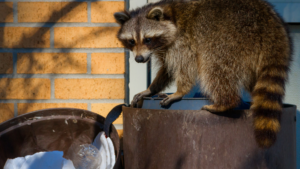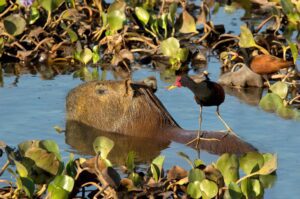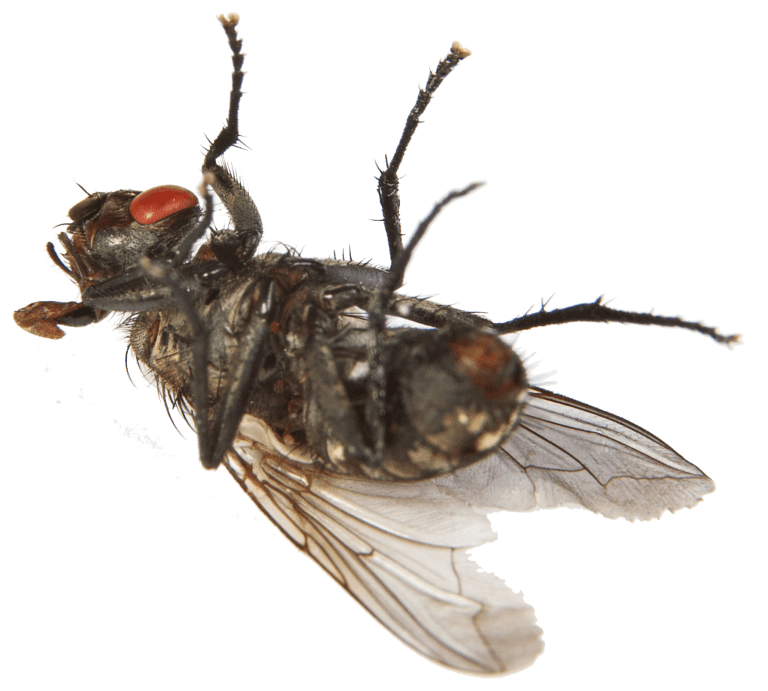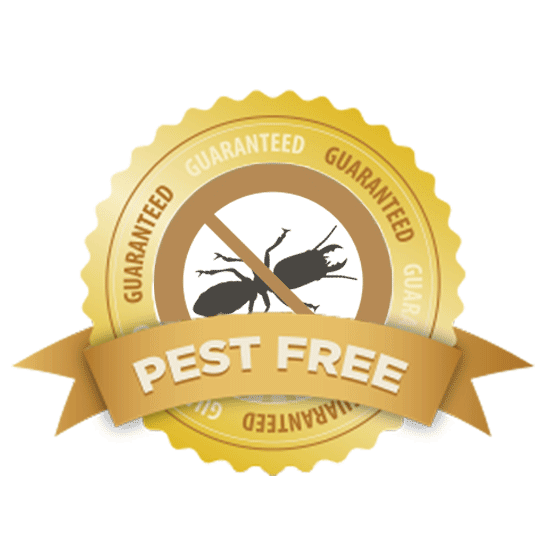Florida is known for having some of the country’s most beautiful and fascinating wildlife. However, that beauty comes with a price: we often have creatures trying to make a home inside our homes.
If you live in Southern Florida you’ve likely dealt with one form or another of pest infestation: mice, rats, cockroaches, termites, etc.
It’s always beneficial to know what kind of signs to look out for with various types of pests. You may have experience dealing with ants, but rodents are a whole different ballgame.
To learn the telltale indications that you have a pest problem in your home, keep reading.
Common Pests in Southern Florida
Florida is home to amazing animals; crocodiles, opossums, otters, white-tailed deer, etc. Usually, these animals keep to themselves.
Here are a few Florida natives you should keep an eye out for:
- Mice and Rats
- Cockroaches
- Bedbugs
- Spiders
- Wasps
Our climate is somewhat tropical, which allows us to keep our windows open and screen doors revolving which attracts potential unwelcome visitors.
We can also have cracks and openings in the structures of our houses that pests find their way into without us noticing. You should inspect the outside of your house regularly for openings, big and small.
Here are 5 signs you have a pest infestation:
1. Evidence of Nest-Building
Keep an eye out for evidence of nest-building in your home. Each species of pest will build their specific type of home, so it’s important to learn the signs.
Mice and Rats
When you think about a hamster’s cage, where does the hamster like to sleep and hide? Under a pile of shredded materials usually.
Mice and rats are the same; they’ll scavenge for different materials that can be shredded and used as a nest they can burrow into.
Notice any ripped-up pieces of cloth, string, paper, and even garbage wrappers that randomly appear in your home. A rodent was likely trying to bring it into its hiding place and built a nest.
Spiders
Depending on the species of spider, you may or may not notice nest-building.
Some breeds will burrow into the ground outside. Others will build webs closer to the ceilings. And still, some don’t even have webs but choose to live and hid in the crevices and divots of the walls.
In homes, it’s common to find spiders nests in the basement where it’s damper. Check the furniture, walls, and ceilings down there for nests and webs.
2. Droppings
You can usually identify the type of pest you have by how its droppings look and where they’re located.
Here’s a comprehensive list of what to look out for.
Mice: brown/black seed-like droppings from 1/8 to 1/4 inch in length. Found wherever they explore, often in clusters.
Rats: brown/black, larger and often rounder versions of mice droppings. Found randomly throughout your house, not in clusters.
Cockroaches: brown/black droppings that look like coffee grounds. Left in trails behind wherever the cockroach as ventured to.
Bedbugs: Rust/black in color, droppings are made up of our blood and the bedbug’s waste. They look like clusters of tiny spots in your bedding or on walls and furniture near the bed.
Spiders: Droppings are white/grey spots often found near their web; they’re remarkably difficult to clean. Spiders also leave droppings in the form of insect carcasses they’ve previously fed on.
3. Property Damage
Pests can cause damage to the structure of your house and your belongings inside.
It’s important to regularly inspect the outside of your house for damage, as well as your belongings that are hidden. For example, cables and wires behind the TV, baseboards, and food containers.
Termites will often cause damage to your house by chewing through wood and building habitats in the foundation of your house. Dead branches and logs around your house can attract them.
Rodents will not only increase the damage to your house by exploiting any holes or cracks to gain entry, but they also chew and rip apart belongings. They commonly chew on wires and cables, as well as anything that smells like food.
4. Your Pets Notice
We may not notice the presence of other creatures in the house, but your pets likely will.
The most obvious sign is when your cat starts catching rodents. It’s exciting for your cat, but not so much for you.
Dogs will sometimes sniff and stare at spots, like behind the fridge or kitchen cabinets, where pests may be hiding or entering the home from. If your dog keeps going back to the same spot, investigate to see if it is in fact pests or just a fallen piece of food.
Bedbugs can affect your pets the same way they do humans- itchy, uncomfortable bites. If your pet is scratching more than usual have them checked for bedbug bites or fleas.
5. Visibility
Most pests are nocturnal and only come into plain view once the lights are off.
Cockroaches are often caught in the act the seconds after you switch on the lights at night. They will frantically run back to their hiding place. Use this observation to know where their home is.
If you do notice cockroaches out during the day, this could be a bad sign that the infestation is larger and/or growing.
Mice and rats are also more active at night. If you notice them during the day it doesn’t mean that the infestation is necessarily growing, but they could be desperate for food.
Ready to Take Care of Your Pest Infestation Once and For All?
Dealing with a pest infestation can be overwhelming and stressful. It makes your home feel unclean and unsafe.
Plus, the damage can affect your property’s value and cost you a lot of money in rebuilding. And, pests can carry infections and diseases that put you, your family, and your pets at risk.
Unfortunately, Southern Florida has its fair share of infestations every year. And, every year, we help to make those homes pest-free again.
If you’re ready to banish these pests for good, schedule an appointment on our contact page.






